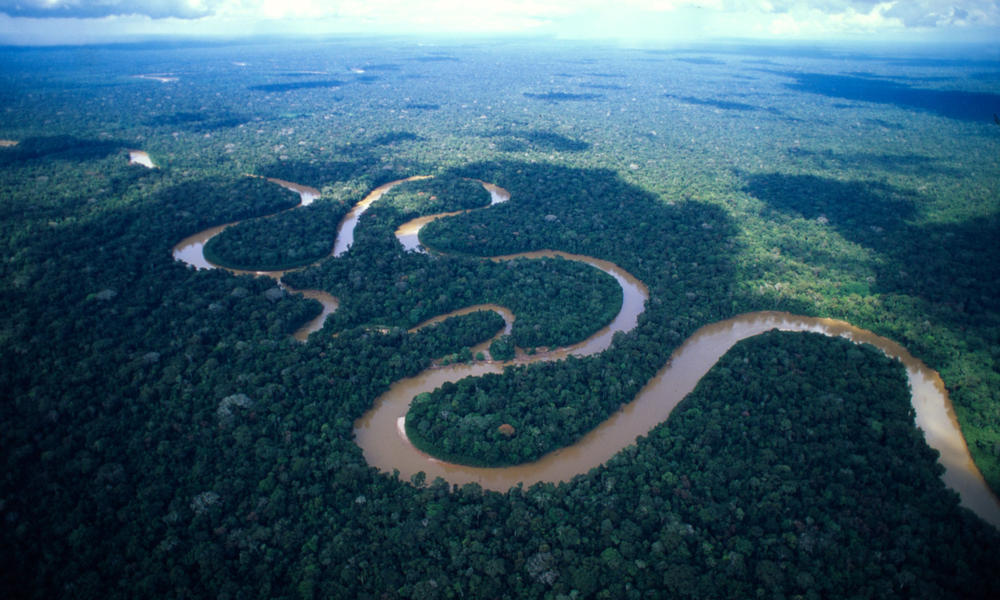The largest river system in Brazil is the Amazon. Originating in the Andes to the west and draining into the Atlantic to the east, the Amazon river carries one-fifth of the worlds fresh water. It is the widest and second longest river in the world, after the Nile in Africa. Loosing about 52,000 square miles of rainforest annually, deforestation of the Amazon started to attract much of the worlds attention in 1980. Over the last 40 years 20 percent of the region has been deforested in an area referred to as the arc of deforestation. Most of the clearing resulted from the activities of ranchers, including large corporate operations, with a smaller portion resulting from slash and burn techniques used by small farmers. In September 1999 President Cardoso signed into force an environmental crime bill which for the first time defined pollution and deforestation as crimes punishable by law.
Other environmental challenges facing Brazil include decertification, and air and water pollution in larger cities. The economic crisis in the 1980s worsened environmental degradation in Brazil because it led to overexploitation of natural resources, stimulated settlement in fragile lands, and weakened environmental protection, according to many critics.
Although 90 percent of the country is within the tropical zone, the climate of Brazil varies considerably from the mostly tropical North (the equator traverses the mouth of the Amazon) to temperate zones below the Tropic of Capricorn, which crosses the country at the latitude of the city of São Paulo. Brazil has five climatic regions: equatorial, tropical, semiarid, highland tropical, and subtropical.










